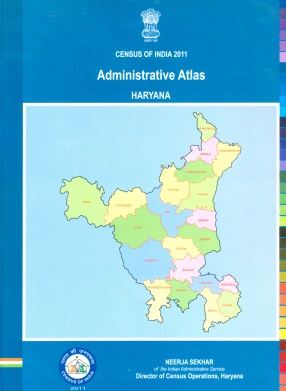Population and Biodiversity
Synopsis
During the 1970's, one of the population trends was the reduction in the total fertility rate in several key countries, including the world's two largest nations--China and India. (the fertility rate measures the average number of children born to women in their childbearing years.) In China, the rate dropped precipitously, from 6.4 children per woman in 1968 to 2.2 in 1980. In India, the decline was more modest, but still significant: from 5.8 children per woman between 1966 and 1971 to 4.8 children 1976 and 1981. These trends helped slow the rate of world population growth from2.1 per cent between 1965 and 1970 to 1.7 per cent between 1975 and 1980. At that point, however, the decline in the number of children that women were having in these two population giants stalled. In China, despite the most aggressive and least democratic population control program in the world, the fertility rate remained around 2.5 throughout much of the 1980s as couples continued to want to marry young and to have two or more children. In India, the overzealous promotion of family planning by the ruling congress party through 1977 apparently backfired after the party's defeat and progress toward lower birth rates ran out of steam. One important lesson from these experiences is that governments must do more than just supply contraceptives: they need to lower the demand for children by making fundamental changes that improve women's lives and increase their access to and control over money, credit, and other resources.
Read more
27.00
24.3
$
30.00 $
Free delivery Wolrdwidе in 10-18 days
Ships in 1-2 days from New Delhi
Membership for 1 Year $35.00
Get it now and save 10%
Get it now and save 10%
BECOME A MEMBER











Bibliographic information